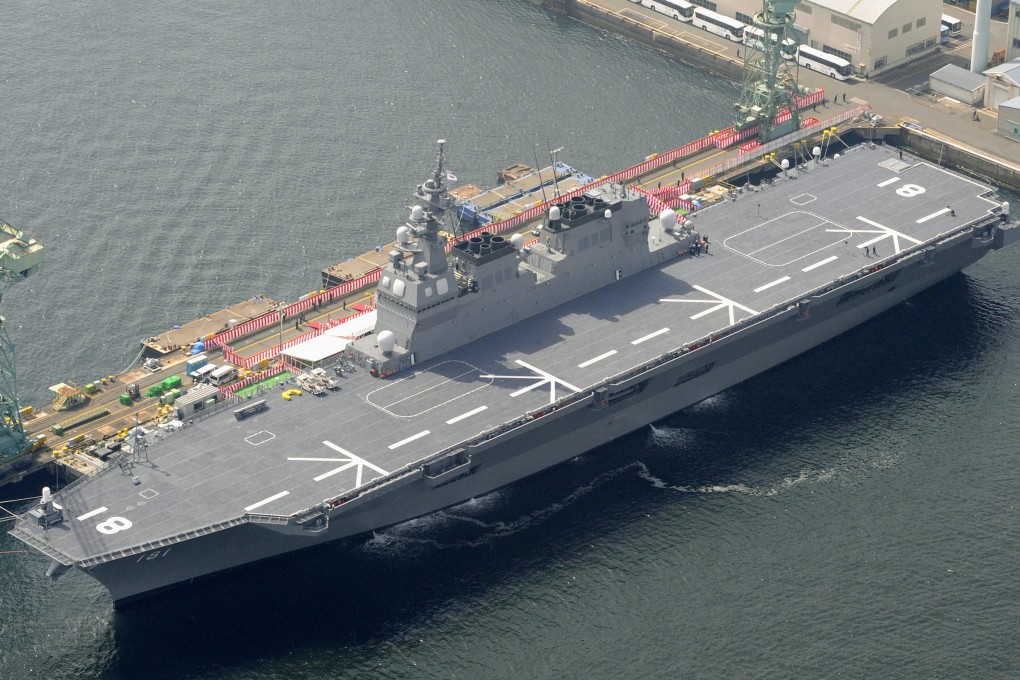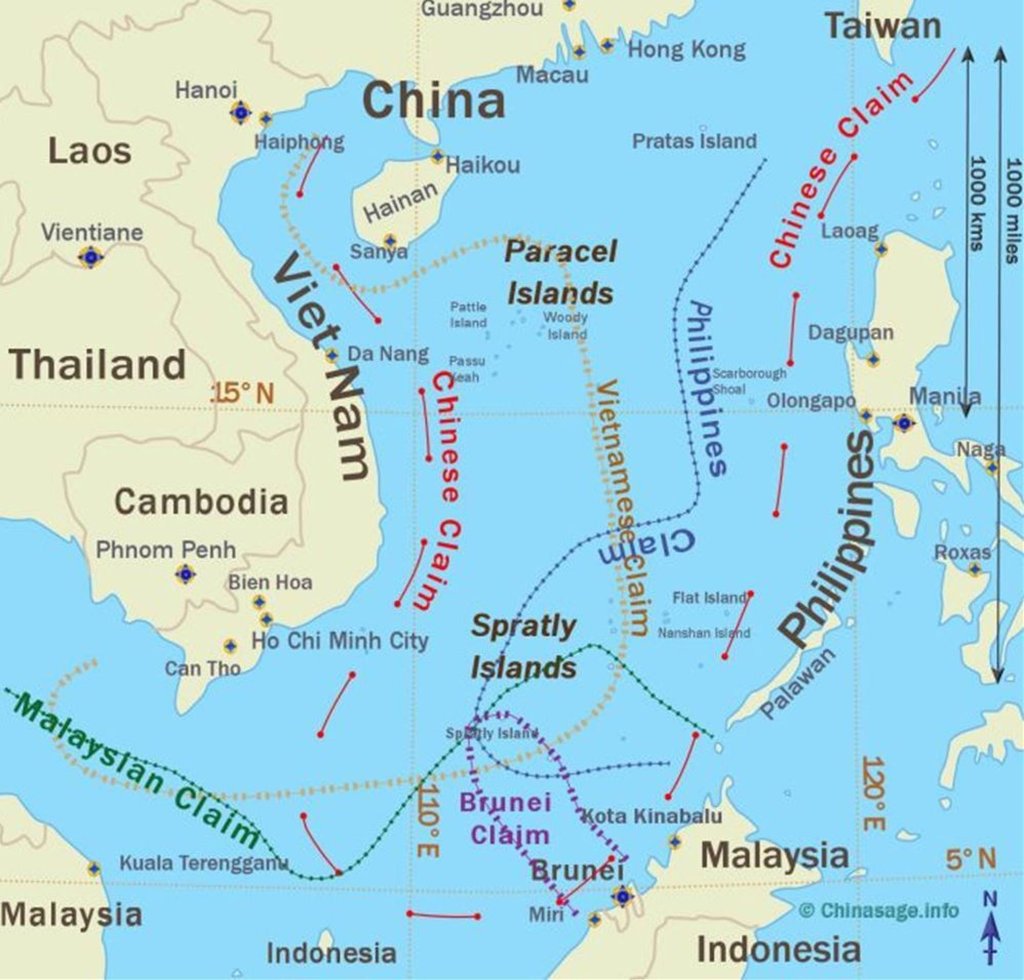South China Sea: Japanese warships sailed near Chinese-controlled reefs in Spratly Islands ‘to pressure’ Beijing
- Vessels from the Maritime Self-Defence Force entered the contiguous zone around disputed islands and reefs at least twice in past 10 months, local media claims
- Voyages held ‘political meaning’, experts say, and were legal but might not have met the criteria of ‘freedom of navigation’ patrols

The Maritime Self-Defence Force (MSDF) vessels were carrying out “freedom of navigation” patrols “to deter China”, the conservative Yomiuri newspaper claimed.
However, some analysts suggested the warships’ journeys might more properly be described as a legal exercise of “innocent passage” through international waters – though they agreed the moves were likely to have angered Beijing.
Japanese government sources claimed the MSDF operations started in March 2021, with a destroyer sailing through the contiguous zone around at least one of the Spratly Islands. China claims a 12 nautical mile area around each of the islands as its exclusive territorial waters, while the contiguous zone extends a further 12 nautical miles beyond that limit.
Under international law, foreign ships are permitted to traverse a contiguous zone.
